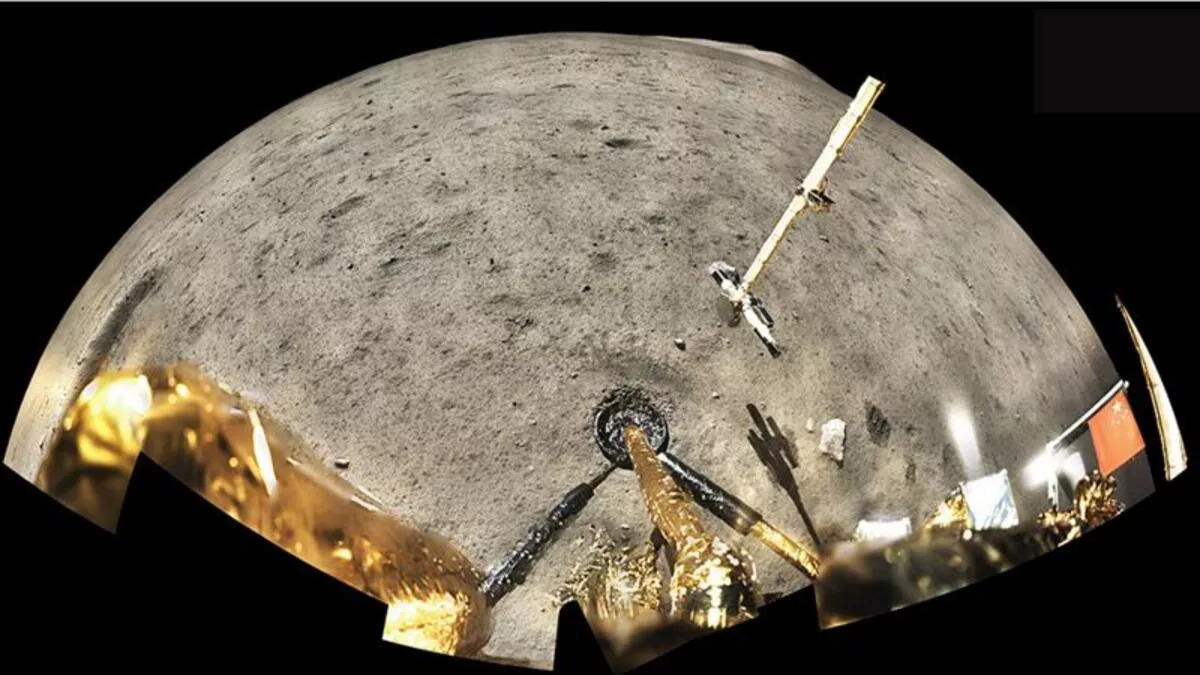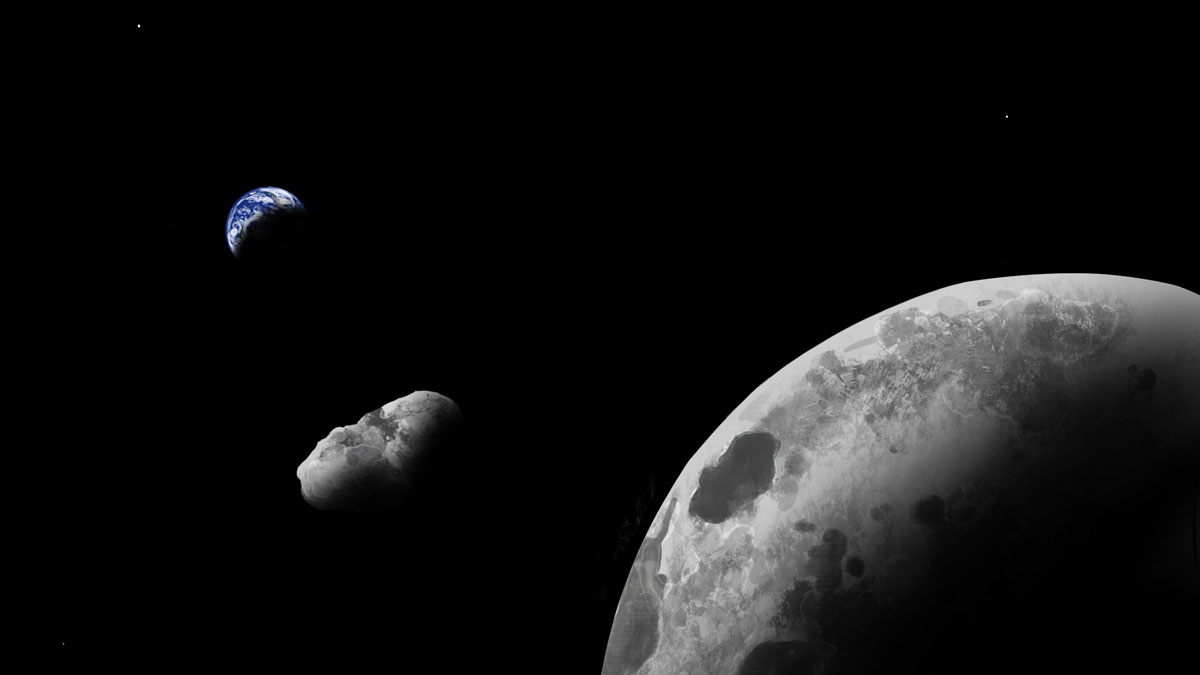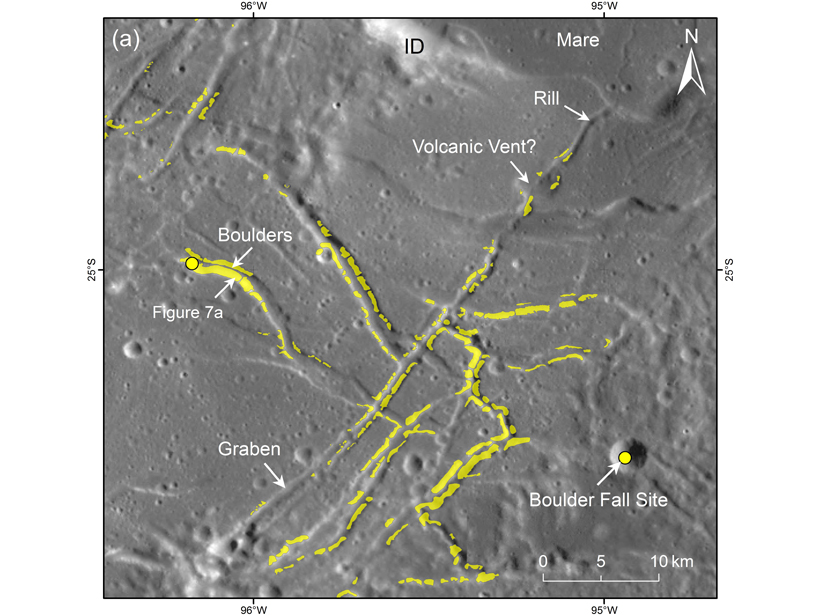Chang’e-5’s results are the first in situ measurements of water on the Moon.
Moon
How Much Did the Moon Heat Young Earth?
Tidal heating may have raised the surface temperature of early Earth and triggered global volcanism, a new study says.
Asteroid May Be a Chip off the Old Moon
Spectral data suggest that Kamo‘oalewa, a near-Earth asteroid, has a composition similar to lunar rocks.
NASA Prepares Its Artemis Gateway to Orbit the Moon
Throughout its anticipated 15-year tour of duty, the Gateway will serve as a station for astronauts and lunar landers—and enable new scientific discovery.
Hear Ye! Hear Ye! A Declaration of the Rights of the Moon
What are the ethics of mining the Moon? Could humans cause environmental damage to Earth’s only satellite? And could a new Declaration of the Rights of the Moon be one way of mitigating those impacts?
Moon’s Largest Crater Holds Clues About Early Lunar Mantle
An ancient impact splashed evidence of the Moon’s early mantle makeup onto its surface. Now researchers are piecing together models, maps, and samples to bring these mysteries to light.
The Tumbling Boulders of Orientale Basin
Mapping boulder fields and boulder tracks highlights the seismic hazard still present on the Moon.
Moon May Hold Billions of Tons of Subterranean Ice at Its Poles
By modeling over 4 billion years of the Moon’s impact history, scientists estimate that the lunar poles may harbor billions of metric tons of subsurface ice.
A Clearer Look at Lunar Surface Hydration
Independent ground-based observations of the Moon confirm prior spacecraft observations that hydration at the lunar surface varies with temperature.
Water Ice Lurks in Young—but Not Too Young—Lunar Craters
Using topographic data, researchers have estimated the ages of water ice–containing craters near the Moon’s poles and ruled out volcanism as being a primary route for water delivery.










